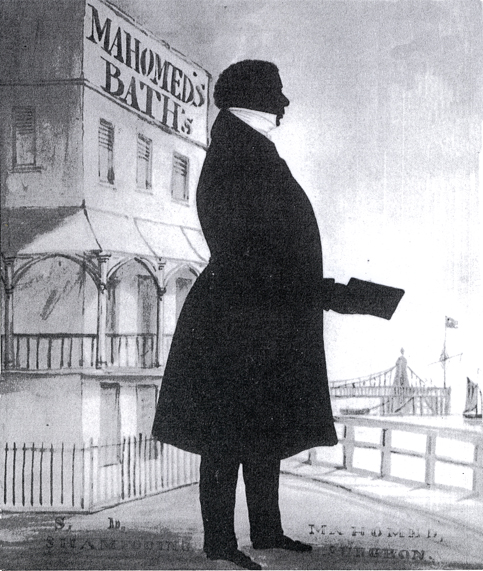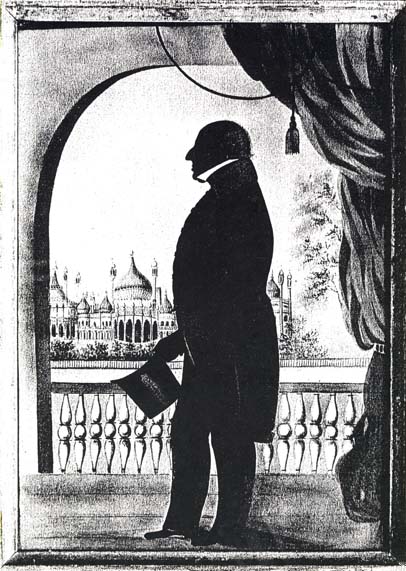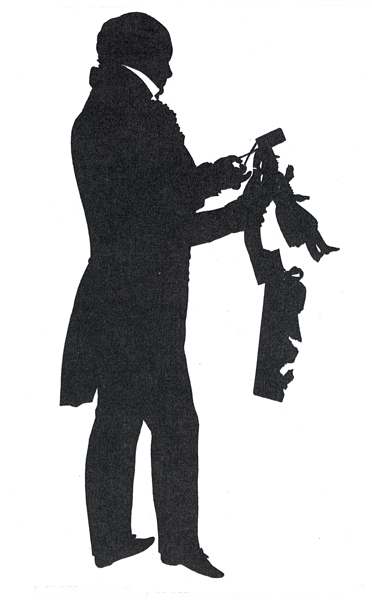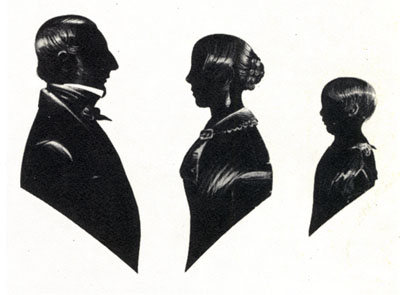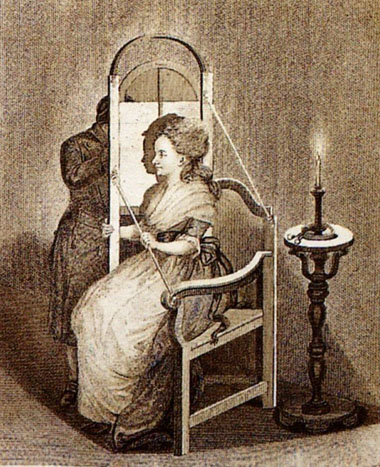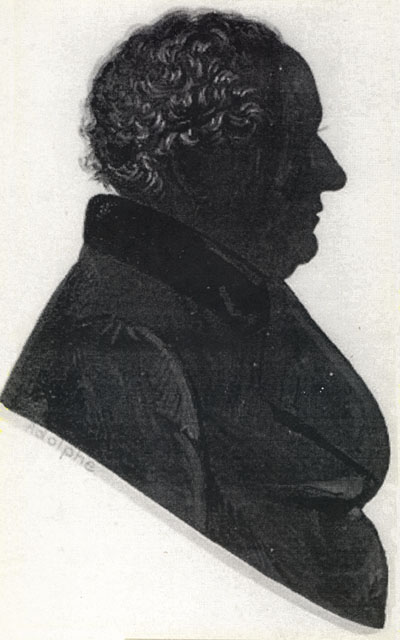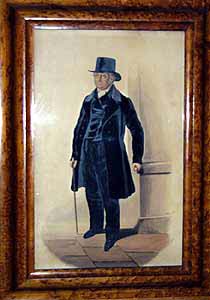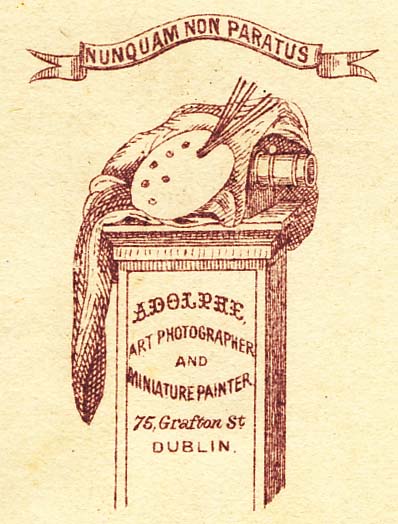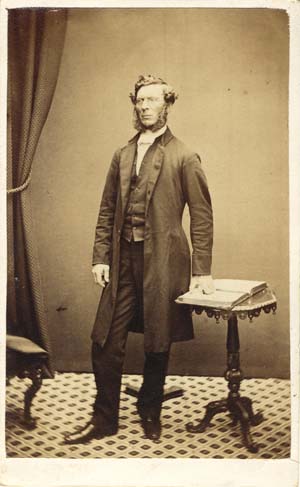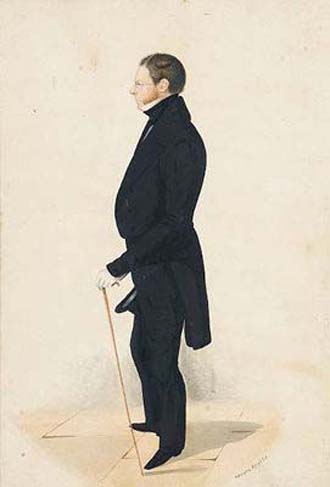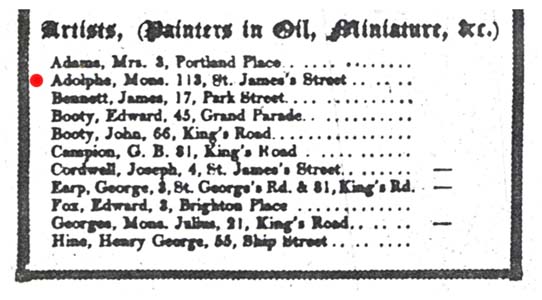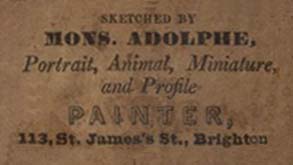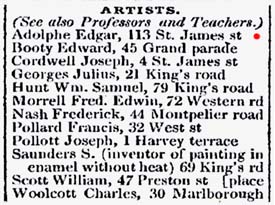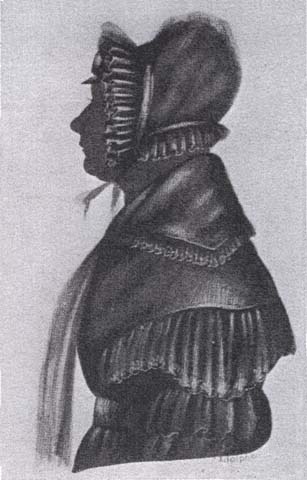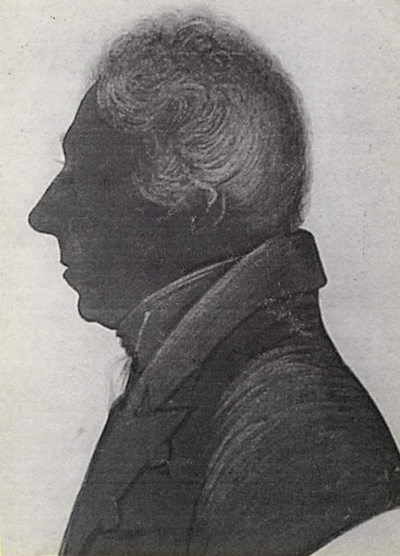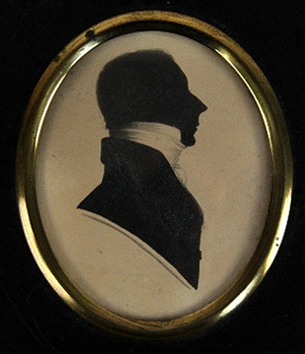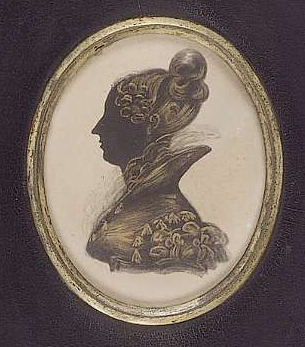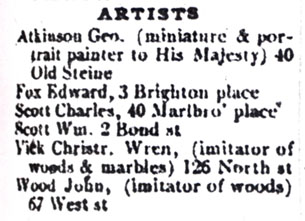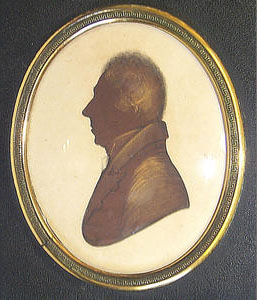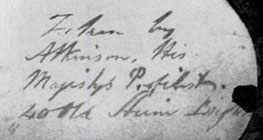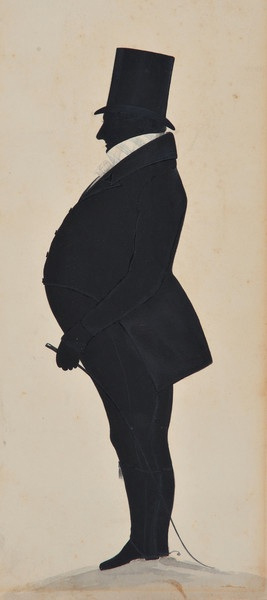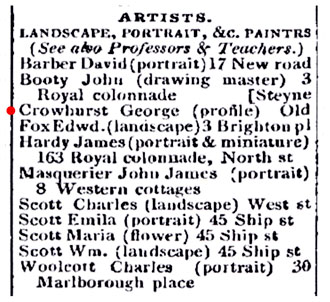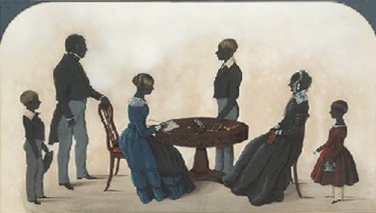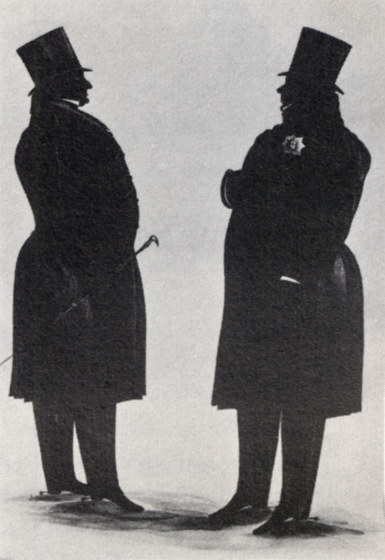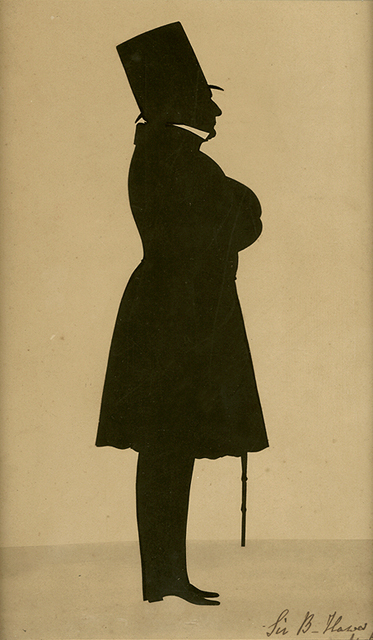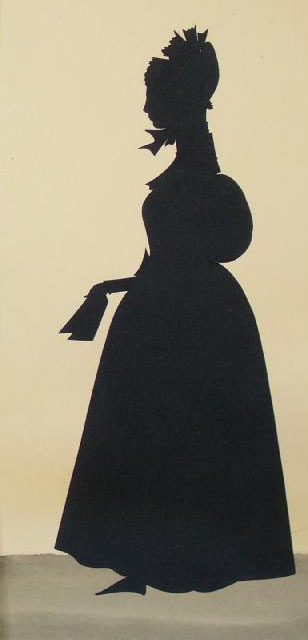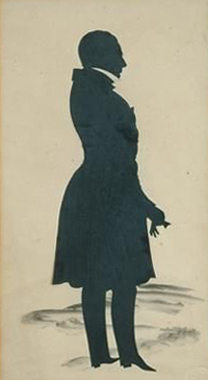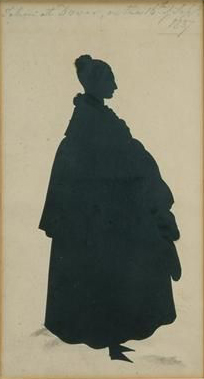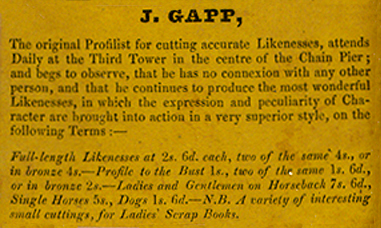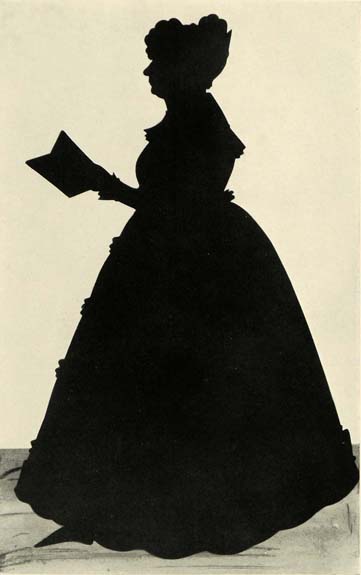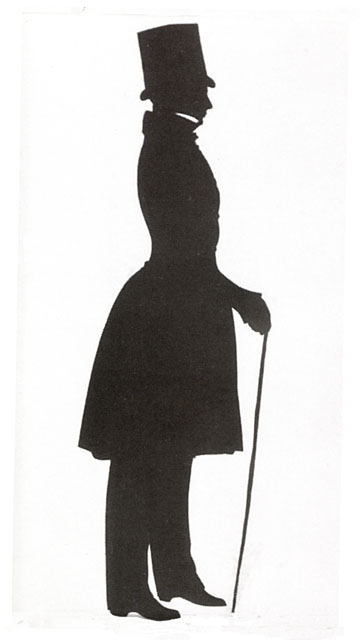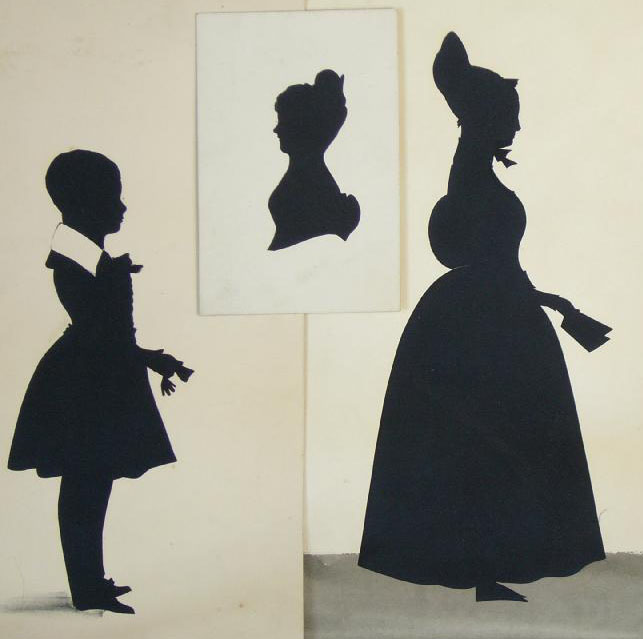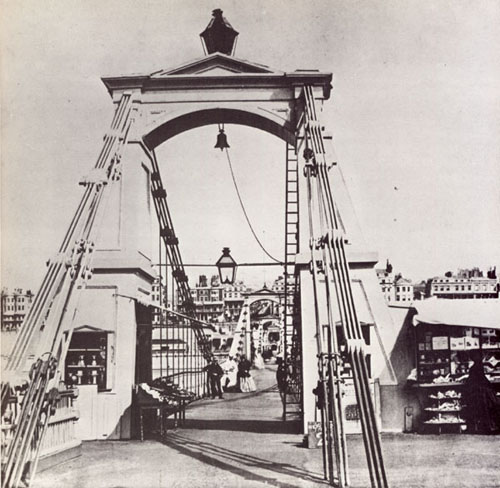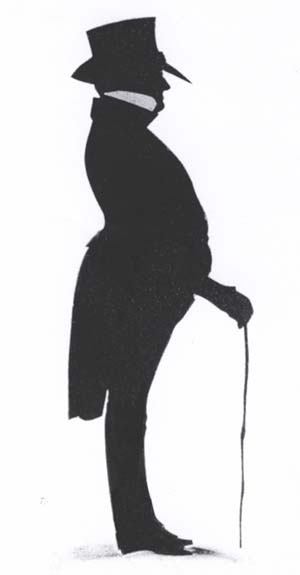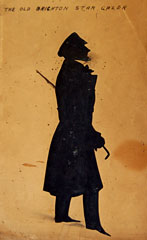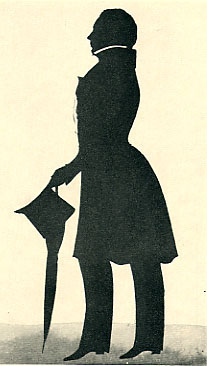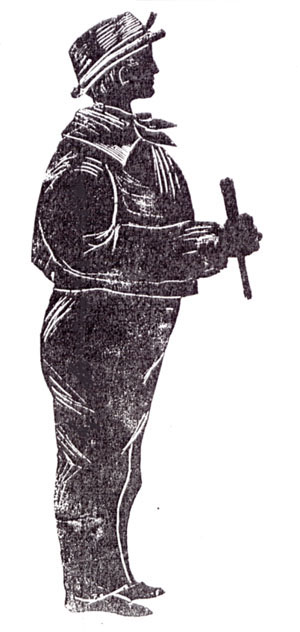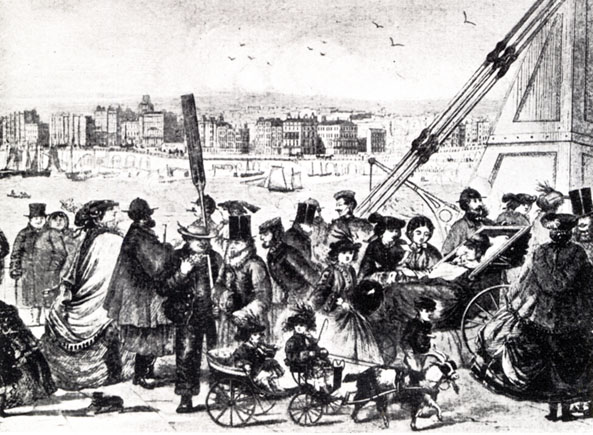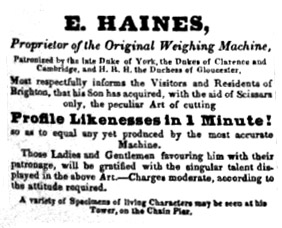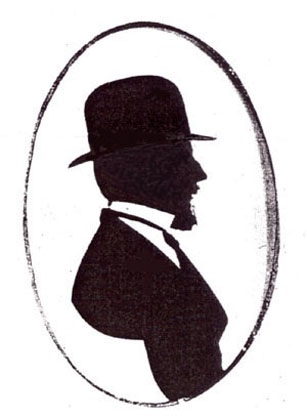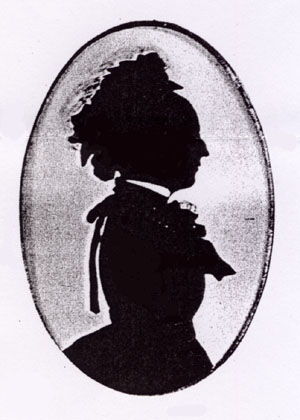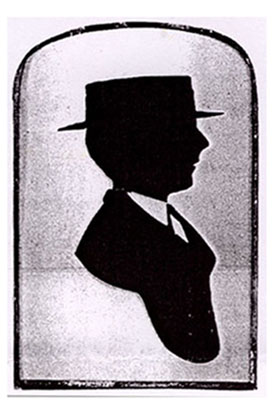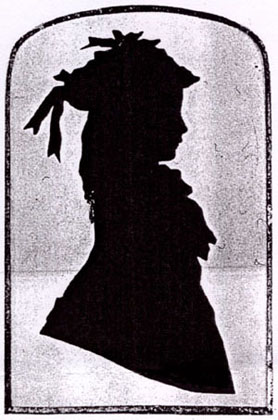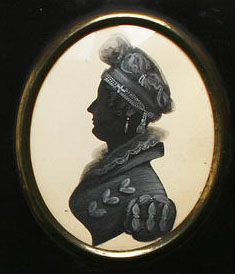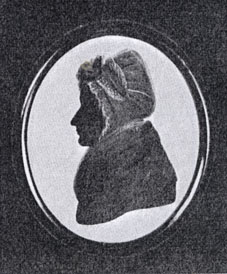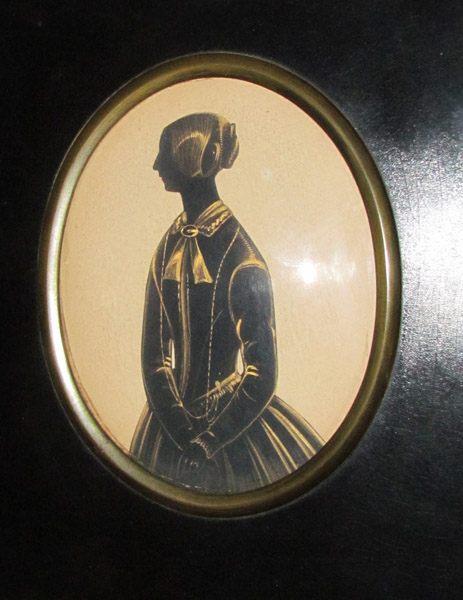| George Azariah
LLOYD (1821-1900) [Active in
Brighton 1863-1878] |
| |
George Azariah Lloyd
was born at 2 Queen Street, Westminster, London on 25th March 1821, the son of Mary Ann and James Lloyd,
a carpenter and builder.
George was baptised at St James's Church, Westminster, some ten months
later on 13th January 1822. George had at least two siblings - Mary
Ann Lloyd (born 1818, Westminster) and Frederick Edwin
Lloyd (born 1824, Westminster).
There is
evidence that George Azariah Lloyd was working as an
artist during the 1840s. In
1846, George Azariah Lloyd, then aged 25, fathered a child. The
baby boy was named "George Azariah Lloyd"
after his father. George Azariah Lloyd junior was born in
Staines, Middlesex on 19th September 1846. On George
junior's birth certificate, George Azariah Lloyd's's
occupation is given as "Artist". A couple of years later, on 4th December 1848, George Azariah Lloyd married
fellow artist
Elizabeth Clark (born c1827, Coventry, Warwickshire) in the city of
Bristol. Elizabeth Clark was the daughter of Elizabeth and
John Carter Clark, a watchmaker from Coventry and was Christened in
Coventry on 24th February, 1828. On their marriage certificate, George
Azariah Lloyd and his bride Elizabeth Clark are both described as artists.
George Azariah Lloyd earned a living by making portraits either by painting
likenesses or,
more usually, by cutting profiles from black paper. It appears that as a young man,
George Azariah Lloyd earned his livelihood as an itinerant or a travelling artist. In the mid 1840s,
George Lloyd was
working as an artist in the London area. At the time of his marriage in
1848, George Lloyd was in Bristol. A son, William Lloyd,
was born in 1849, when George and Elizabeth were living at Lichfield
in
Staffordshire. By 1850, the Lloyds were back in the Bristol area. A
daughter named Elizabeth Lloyd was born at Clevedon, near Bristol
around this time. When the 1851 census was taken, George Azariah Lloyd
and his
family were recorded at an address in Plymouth St Andrew in Devon.
George A. Lloyd is described as an "Artist" on the 1851 census return.
Sometime between 1851 and 1853, the Lloyds returned to
Somerset and had made their home in
the district of Bedminster, one mile south of the city of Bristol.
George's fourth child, Mary
Ann Lloyd, was born at Bedminster in 1853 and another daughter, Emily
Lloyd was born at Regent Road, Bedminster in 1856.
By 1861, George Azariah Lloyd
and his family were living in London, where a son Thomas Lloyd
was born. The 1861 census records George A. Lloyd and his family at 22
Princes Row, Westminster, London. George Lloyd gives his profession
as "Artist" and his wife Elizabeth is described as a "Nurse". Six
children are listed on the 1861 census return - George (junior), aged
14, William, aged 12, young Elizabeth, aged 10, Mary Ann, aged 8, Emily,
aged 5, and baby Thomas.
G. A. Lloyd in Brighton and other
Sussex Seaside Resorts
After a period as an itinerant
artist, George Azariah Lloyd settled in the Sussex seaside resort of Brighton
around 1863. G. A. Lloyd is recorded
as a "Profile Artist" based at 10 Bedford Buildings, Bedford Street,
Brighton.
|
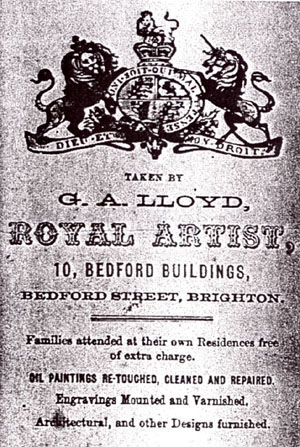
|
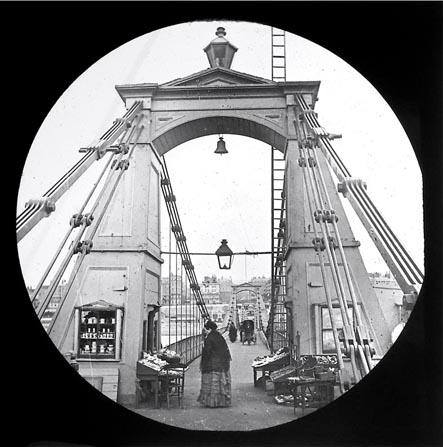
|
|
[ABOVE] The Trade Label of George Azariah
Lloyd, which declared he was a "Royal Artist " residing at
10 Bedford
Buildings, Bedford Street, Brighton (c1866). In 1938, the Brighton &
Hove Herald reported that
George Azariah Lloyd, was
"a notable character
in Brighton",
noting that he "was known as the ‘Royal Artist’ of the Chain Pier,
and was commissioned to go to London and paint the portraits of Queen
Victoria and members of the Royal Family."
|
[ABOVE] The Chain Pier, Brighton. A nineteenth century
lantern slide showing a close-up view of one of the cast iron towers
on Brighton's Chain pier. There was a space at the base of each
tower which could be utilized as a kiosk, small shop or artist's
workshop. As this photograph shows, the towers of the Chain Pier
housed small shops selling toys, books, prints, confectionary,
jewellery, gifts and souvenirs. During the 1860s,the artist
George Azariah
Lloyd was based at one of the Chain Pier towers, where he cut
profile portraits from black paper for the holiday-makers who
promenaded along the length of the Chain Pier. The towers had
accommodated profilists and silhouette artists since the pier was
built in 1823. |
George Azariah Lloyd was one
of several artists who worked as profilists or silhouette cutters on
Brighton's Chain Pier in the mid 19th century. It appears that
Lloyd was creating "profiles" on the Chain Pier in the mid 1860s. A
couple of years later, around 1868, Lloyd
added photography to his more traditional portrait making skills. G. A.
Lloyd is listed as a "Photographic Artist" at 3a Chain Pier, Brighton
in the Brighton trade and street directories published in1868 and 1869.
George Azariah Lloyd was probably still living in
Brighton in the early Summer of 1869, when the marriage of his son
George Lloyd junior took place in the town. [George Azariah Lloyd
(junior) married widow Mrs Jane Angelina Brown in Brighton on 5th July
1869].
By early August 1869, George Azariah
Lloyd was working as a "Photographic Artist and Profilist" in the
West Sussex seaside resort of Littlehampton. In
the first ever issue of The Littlehampton News, dated 7th August
1869, Lloyd announced that he was making portraits at premises "next door to Mr Staples' Fancy Shop",
located near the Congregational Church in Littlehampton.
By 1871, George Azariah
Lloyd was back
in Brighton. At the time of the 1871 census, George Lloyd was living
with his wife Elizabeth and four of their children at 10 Bedford
Buildings, Kemptown, Brighton. George Lloyd is recorded as a
"Photographer" on the census return. Emily Lloyd, George's
fifteen year old daughter, is described as an assistant in her
father's photography business. There had been two additions to the
Lloyd family since their arrival in Brighton - James Lloyd
(born 1863) and John Lloyd (born 1865).
At the end of February 1873,
George Lloyd applied to
the Brighton Watch Committee for permission to have a stand on
Brighton seafront, "where he may earn a livelihood by cutting
profiles". On 3rd March 1873, the Brighton Watch Committee came
to the conclusion that "the application cannot be entertained"
and refused Lloyd's request.
After the rejection of
his application for a licence in Brighton, George Lloyd moved on to
Worthing, where he briefly operated as a photographer at 23 North
Street, Worthing. The 1874 edition of The Post Office Directory of
Sussex lists George Lloyd
as a photographer at North Street, Worthing.
 |
[LEFT] The signature of George Azariah Lloyd as inscribed in ink
on the reverse of a carte-de-visite photograph he took around
1873. George A. Lloyd , Edward Haines and Edgar Adolphe,
together with other profile artists, turned to photography
when the demand for silhouette likenesses fell. |
After a short period in Worthing, George Lloyd and his wife returned
to Brighton. On 21st March 1878, George's wife, Elizabeth, died in
Brighton at
the age of 50. Elizabeth Lloyd had been paralysed and had died from
tubercular meningitis at the Brighton Workhouse Infirmary. At the
time of Elizabeth's death, George Azariah was earning his living as a
"Profilist".
The 1881 census records
George Lloyd as a widower, living at the Lambeth home of his younger
brother Frederick Edwin Lloyd (born 1824, Westminster), who had also recently lost
his own wife, Emma Lloyd (c1834-1879). Frederick Edwin Lloyd (entered as
'Edwin Lloyd' on the census return), the Head of Household at 2 Newport
Street, Lambeth, was employed as a maker of gas lamp shades and
was providing for four motherless children, whose ages ranged from
ten to two. George Azariah Lloyd
is described on the census return as an "Artist in Paintings", aged
60.
While living in London,
George Azariah Lloyd made the acquaintance of a widow named
Ann Newton, who was eventually to become his second wife.
George Azariah Lloyd
married Ann Newton on 24th December 1884 at St Andrew's Church, Canal
Road, Hoxton, in the London district of Shoreditch. On the marriage
certificate, sixty-three year old George gives his profession as
"Portrait Painter".
George Lloyd,
accompanied by his second wife,
returned to live in Brighton. Towards the end of his life, George
Lloyd lived at 4 Sussex Terrace, Brighton. Early in 1900,
George Lloyd was admitted to the Infirmary attached to the Brighton
Workhouse in Elm Grove. George Azariah Lloyd
died of bronchitis and bladder cancer in the Workhouse Infirmary on
11th February 1900, at the age of 79.
|
|
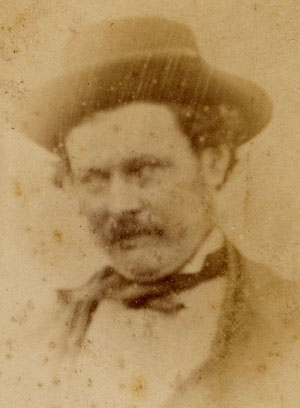
|
|
[ABOVE] A photographic portrait, believed to be that of
the profilist and photographer George Azariah Lloyd (1821-1900).
|
|
PHOTO: Courtesy of Janey Haselden |
| |
|
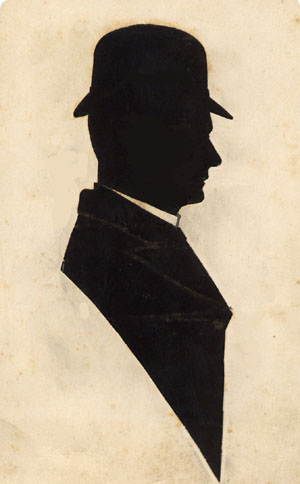 |
|
[ABOVE] A Profile Silhouette Portrait of a Man wearing a bowler or derby
hat, cut from black paper by George Azariah Lloyd of Brighton.
|
|
PICTURE: Courtesy of Janey Haselden |
|
|
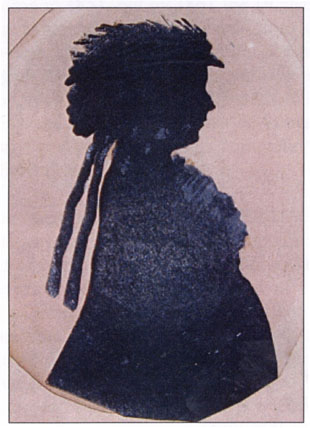 |
|
[ABOVE] A Profile Silhouette Portrait of Naomi Fuller (1841-12)
attributed to George Azariah Lloyd of Brighton. |
|
PICTURE: Courtesy of Janet Pennington |
|
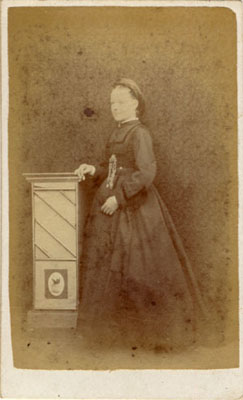
|
|
[ABOVE] Carte-de-visite portrait by George Azariah Lloyd
(c1873).
|
|
